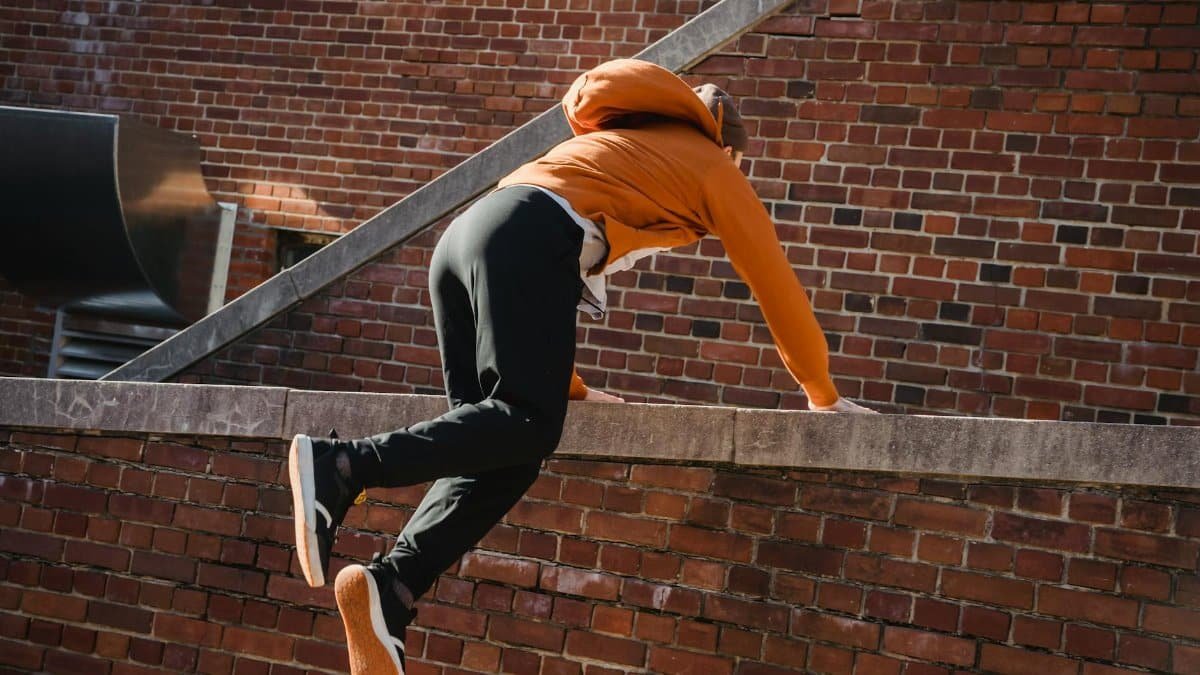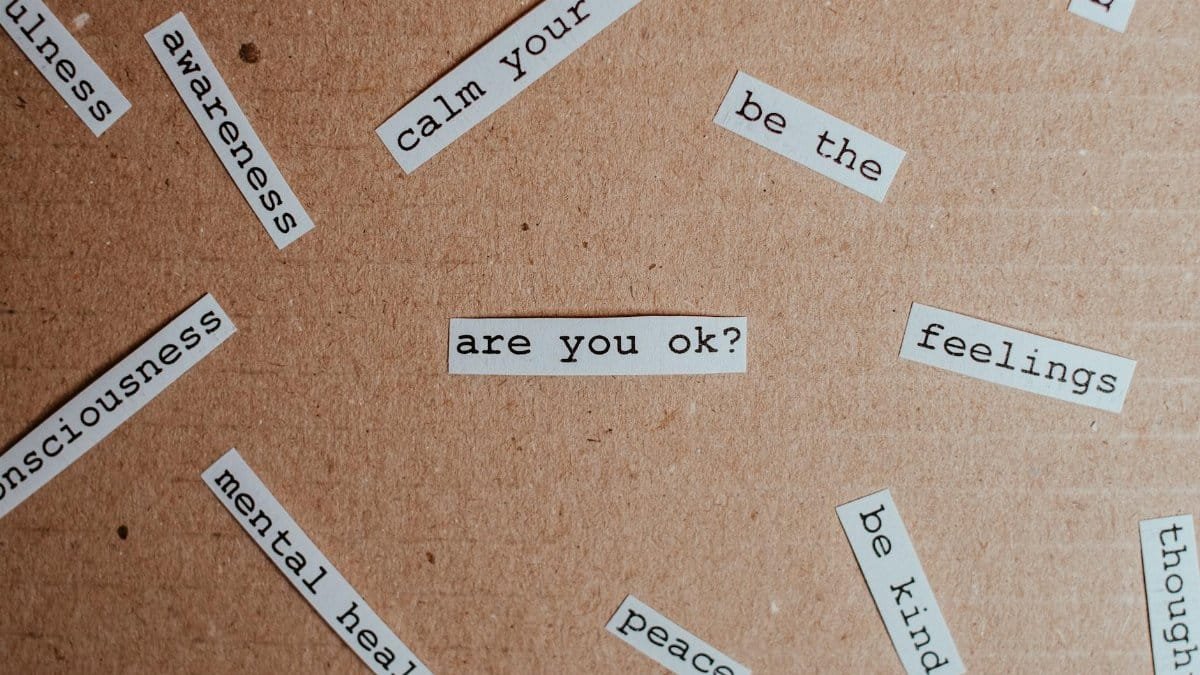Sunlight filtered through the blinds of a bustling New York coffee shop, where a middle-aged professional sat alone, eyes closed amid the chatter. She was practicing what many now call mindfulness peace, that elusive state of calm awareness. But her furrowed brow told a different story. A recent study from the American Psychological Association found that 62% of Americans attempting mindfulness report initial feelings of restlessness or anxiety, up from 45% a decade ago. This surge highlights a paradox in our stress-filled lives: the pursuit of inner tranquility often starts with discomfort. As apps and workshops proliferate in 2025, promising quick fixes, it’s worth examining why true mindfulness feels so uneasy at first. Far from a serene escape, it demands confronting the mental noise we’ve long ignored. This discomfort, though, might be the gateway to genuine peace, reshaping how we navigate daily pressures.
The Paradox of Seeking Stillness

In a world that rewards constant motion, pausing feels like rebellion. People dive into mindfulness expecting instant relief, only to encounter a whirlwind of thoughts. One woman, recalling her first session, described it as “sitting with a storm inside.” This initial turbulence stems from our brains’ wiring, evolved to scan for threats. When we try to quiet the mind, unresolved worries bubble up. Researchers at Harvard Medical School have explored this in depth, noting how mindfulness practices activate the brain’s default mode network, often leading to heightened self-reflection. It’s not failure; it’s the process unfolding. Over time, this confrontation builds resilience. Consider the busy parent juggling work calls and family demands. For them, those early moments of unease reveal buried tensions, paving the way for clearer focus.
Yet the paradox deepens. Society pushes productivity hacks, but mindfulness peace requires surrender. A study published in the Journal of Positive Psychology links this discomfort to growth, showing participants who pushed through reported 30% higher well-being scores after six weeks.Journal of Positive Psychology details how embracing unease fosters emotional agility. It’s a reminder that peace isn’t passive; it’s an active unraveling of habits.
Why Our Brains Fight Back

Imagine the mind as a crowded room, voices overlapping in chaos. When mindfulness enters, it doesn’t silence them immediately; it amplifies the din at first. Neuroscientists explain this through the lens of neuroplasticity. The brain, accustomed to distraction, resists the shift toward presence. A report from the National Institutes of Health underscores that initial mindfulness sessions can spike cortisol levels briefly, mimicking stress responses. This biological pushback makes sense in evolutionary terms. Our ancestors survived by staying alert, not by meditating on breath.
Dive into a typical experience. A man in his forties, fresh from a corporate retreat, shared anonymously online that his attempts at mindfulness peace left him more agitated than before. “It was like turning on a light in a dusty attic,” he wrote, uncovering forgotten regrets. Such accounts are common, reflecting a broader trend in 2025 where digital detoxes clash with always-on lifestyles. Yet, experts at the University of California, Berkeley’s Greater Good Science Center argue this resistance is temporary. Their research shows consistent practice rewires neural pathways, reducing amygdala activity over time.Greater Good Science Center at UC Berkeley offers insights into how persistence transforms fight-or-flight into calm observation.
Confronting Emotional Layers

Beneath the surface discomfort lies a tangle of emotions we’ve sidestepped. Mindfulness peace invites us to sit with grief, anger, or boredom without escape. This can feel raw, like peeling an onion layer by layer. Therapists often compare it to physical therapy: the stretch hurts before it heals.
Take the case of a retired teacher who began practicing after a health scare. At first, sessions brought waves of loneliness she hadn’t acknowledged. “I thought peace meant bliss,” she reflected in a group discussion. Instead, it unearthed vulnerabilities. A comprehensive review by the Mayo Clinic supports this, indicating that mindfulness helps process suppressed emotions, leading to lower depression rates.Mayo Clinic on Mindfulness explains the therapeutic mechanisms, emphasizing gradual exposure.
The key is patience. As layers dissolve, a quieter space emerges. In urban centers like Chicago, where stress levels run high, community programs are adapting to address this emotional unveiling, blending mindfulness with supportive dialogue.
The Role of Modern Distractions

Smartphones buzz, notifications pull us away. In this environment, true mindfulness feels like swimming upstream. The average American checks their device 96 times a day, according to a 2025 Pew Research report, fragmenting attention spans. When we attempt mindfulness peace, these habits rebel, creating a sense of itchiness or boredom.
Picture a weekend workshop in Seattle, participants fidgeting as instructors guide breath work. One attendee later admitted the silence amplified her urge to scroll. This isn’t weakness; it’s conditioning. Studies from Stanford University’s psychology department reveal how digital overload heightens the discomfort of stillness.Stanford University Psychology Research highlights interventions that gradually reduce screen time to ease the transition.
Yet, there’s hope in adaptation. By weaving short pauses into routines, like mindful walking during commutes, people report the unease fading into familiarity.
Building Tolerance Through Practice

Start small, they say. A five-minute daily sit can feel monumental at first. But repetition dulls the edge. Experts recommend anchoring to the body: notice the feet on the ground, the rise of the chest. This grounds the wandering mind.
In group settings across the Midwest, facilitators share stories of breakthroughs. One participant, a veteran dealing with anxiety, found that acknowledging discomfort without judgment shifted everything. “It was uncomfortable, but I stayed,” he said. Research from the NIH backs this, showing mindfulness programs reduce perceived stress by 28% after consistent effort.National Institute of Mental Health on Anxiety provides data on mindfulness’s efficacy.
The buildup is incremental. What begins as strain evolves into a subtle strength, making mindfulness peace more accessible over weeks.
Transformative Stories from Everyday Lives

Stories bring the concept alive. Consider Sarah, a nurse in Atlanta, who turned to mindfulness after burnout. Her early attempts stirred frustration, memories of long shifts flooding in. But persisting, she discovered pockets of calm amid chaos. “It didn’t erase the hard days,” she noted, “but it changed how I met them.”
Similarly, online forums buzz with accounts of initial hurdles leading to profound shifts. One anonymous post described mindfulness peace as “uncomfortable like new shoes, but eventually, they fit perfectly.” These narratives echo findings from a longitudinal study by the University of Wisconsin, tracking how discomfort predicts long-term adherence.University of Wisconsin Research details the patterns.
Such tales remind us that discomfort is universal, a shared rite in the journey toward inner harmony.
The Science of Lasting Change

Delve into the brain science, and patterns emerge. Functional MRI scans show mindfulness altering prefrontal cortex activity, enhancing emotional regulation. Yet, the initial phase often involves heightened awareness of negativity bias, our tendency to fixate on threats.
A pivotal study from Johns Hopkins University found that novices experience a 15% increase in mindful awareness after navigating early discomfort.Johns Hopkins Medicine on Mindfulness explores these neurological shifts.
This science underscores why pushing through matters. In 2025, with rising mental health concerns, understanding these mechanisms empowers more Americans to embrace the process.
Embracing Discomfort as a Teacher

Ultimately, the unease teaches us. It reveals patterns, invites compassion. By reframing it as a guide rather than an enemy, mindfulness peace becomes sustainable.
Instructors in wellness centers emphasize this mindset. One program in Los Angeles integrates journaling to process the discomfort, turning it into insight. Participants emerge with tools for life’s inevitable stresses.
As trends evolve, recognizing this phase demystifies the practice, encouraging broader adoption. The path to peace, it turns out, winds through terrain that’s anything but smooth.
